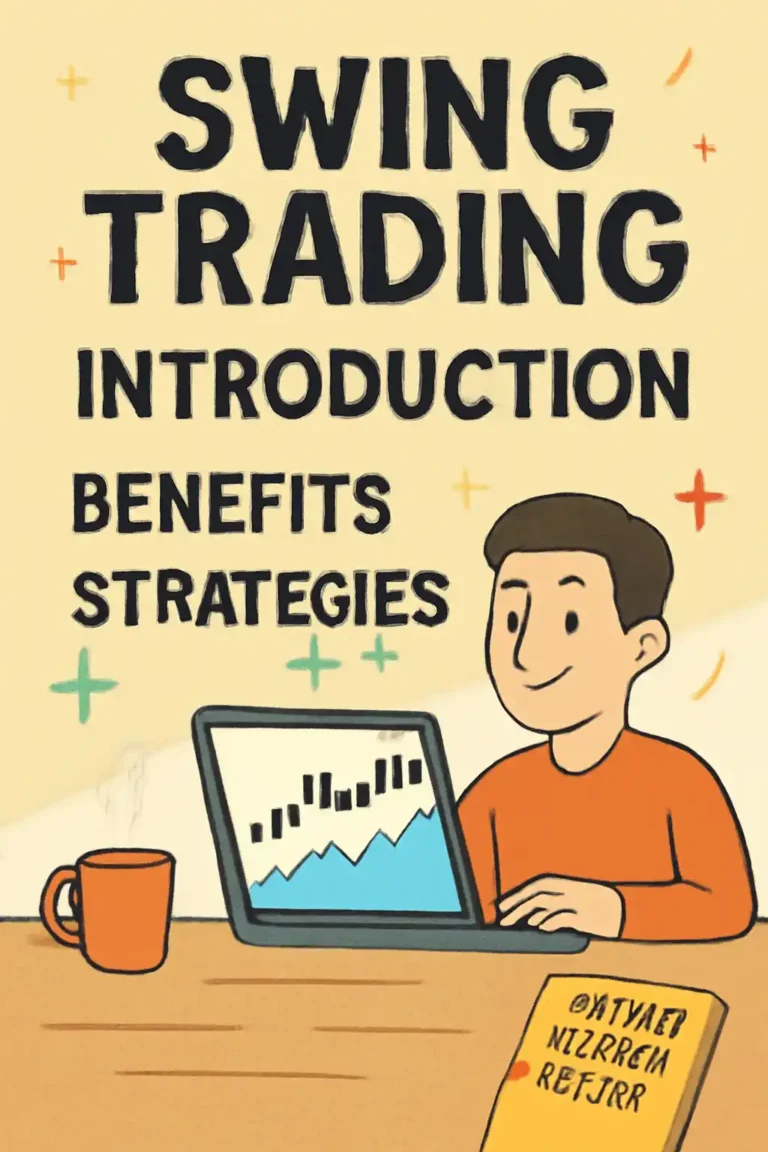
3 Powerful Swing Trading Success Stories and Strategies You Can Learn From
Introduction: What Makes Swing Trading Successful?

Swing trading is a popular trading strategy that seeks to capitalize on price movements in stocks, forex, or other financial markets. Unlike day trading, which involves quick, small trades, swing trading aims for medium-term gains over a few days or weeks. This strategy allows traders to capture larger market moves while minimizing the time spent on each trade. It appeals to both beginners and seasoned traders looking for a balance between risk and reward.
Overview of Swing Trading
Swing trading works by identifying short-term price trends and exploiting them. Traders typically use a combination of technical analysis and fundamental analysis to identify potential entry and exit points. Swing traders rely on chart patterns, indicators like the Relative Strength Index (RSI), and moving averages to make informed decisions.

By trading in this way, swing traders can benefit from both uptrends and downtrends in the market, making it a versatile strategy that works in various market conditions.
Importance of Success Stories
Success stories play a crucial role in inspiring and motivating new traders. Many beginner traders find themselves lost or discouraged after their initial trades. However, by reading about real-life swing trading success stories, traders can find examples of others who faced similar challenges and overcame them. These stories provide invaluable insights into what works and what doesn’t, helping traders learn from others’ experiences.
“Success in swing trading is not about being right all the time, but about managing risk and staying disciplined.” – Famous Swing Trader
Inspirational Quote
In the world of swing trading, staying inspired and motivated is key to overcoming obstacles. Whether you’re just starting or you’ve been trading for a while, it’s important to remind yourself of the potential for success in the markets. Keep learning, stay patient, and the profits will follow.

Internal Links & External Links
To dive deeper into swing trading techniques and strategies, make sure to check out these helpful resources:
Additionally, for more expert insights, refer to these trusted external sources:
Strategy 1: Key Swing Trading Techniques for Maximizing Profits
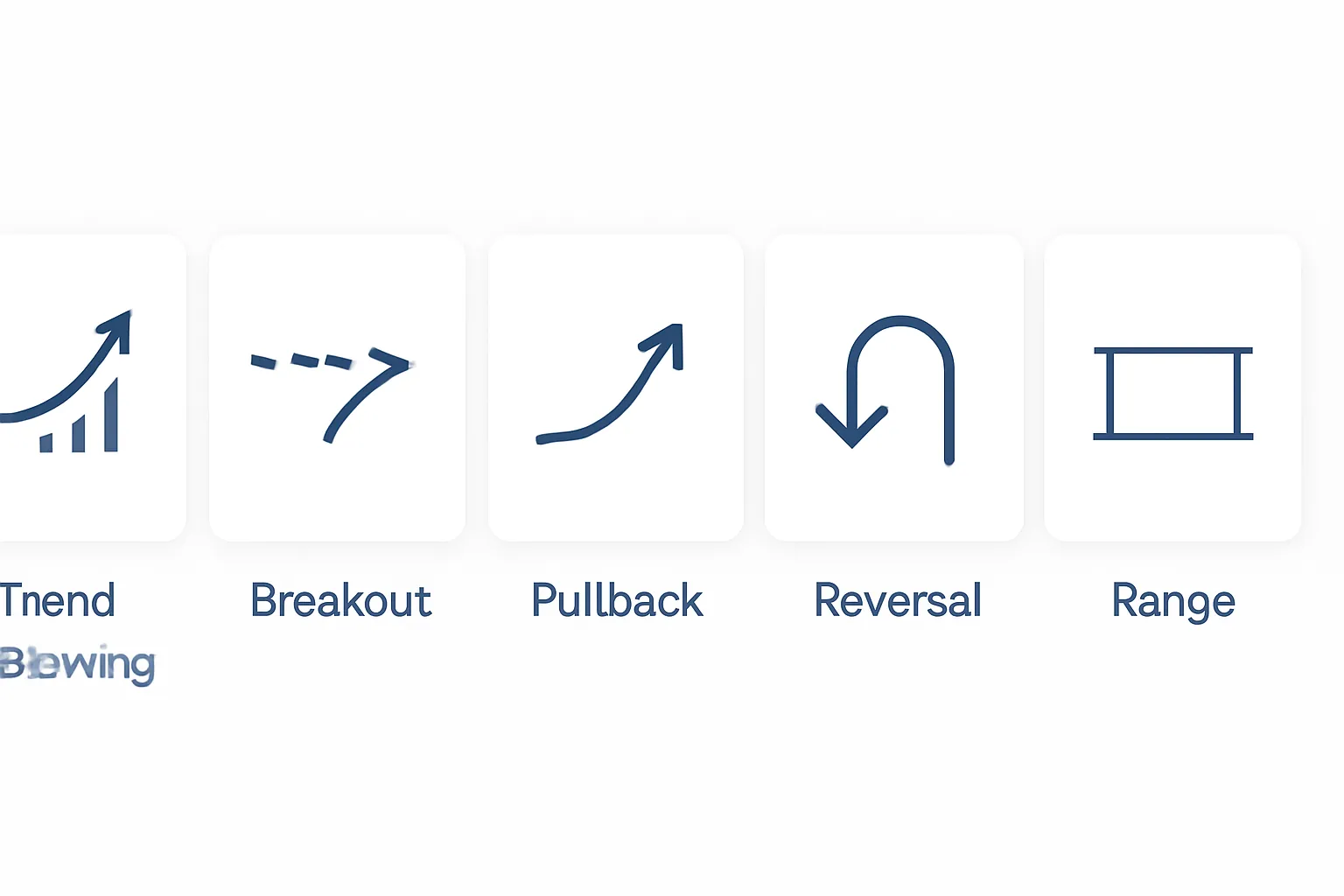
Swing trading techniques are designed to maximize profits by capitalizing on medium-term price movements. Successful swing traders rely on technical analysis to identify entry and exit points based on various indicators. These strategies offer a way for traders to make consistent profits while managing risk effectively.
Top Indicators for Swing Trading
The use of technical indicators is a cornerstone of successful swing trading. Here are the most common and effective indicators used by traders:
- Relative Strength Index (RSI): The RSI helps traders identify overbought or oversold conditions, signaling potential reversal points in the market.
- Moving Averages: Moving averages smooth out price action and help traders spot trends. The most common are the 50-day and 200-day moving averages.
- MACD (Moving Average Convergence Divergence): This momentum indicator helps identify changes in the strength, direction, and duration of a trend.
- Fibonacci Retracement: Traders use Fibonacci retracement levels to identify potential support and resistance levels.
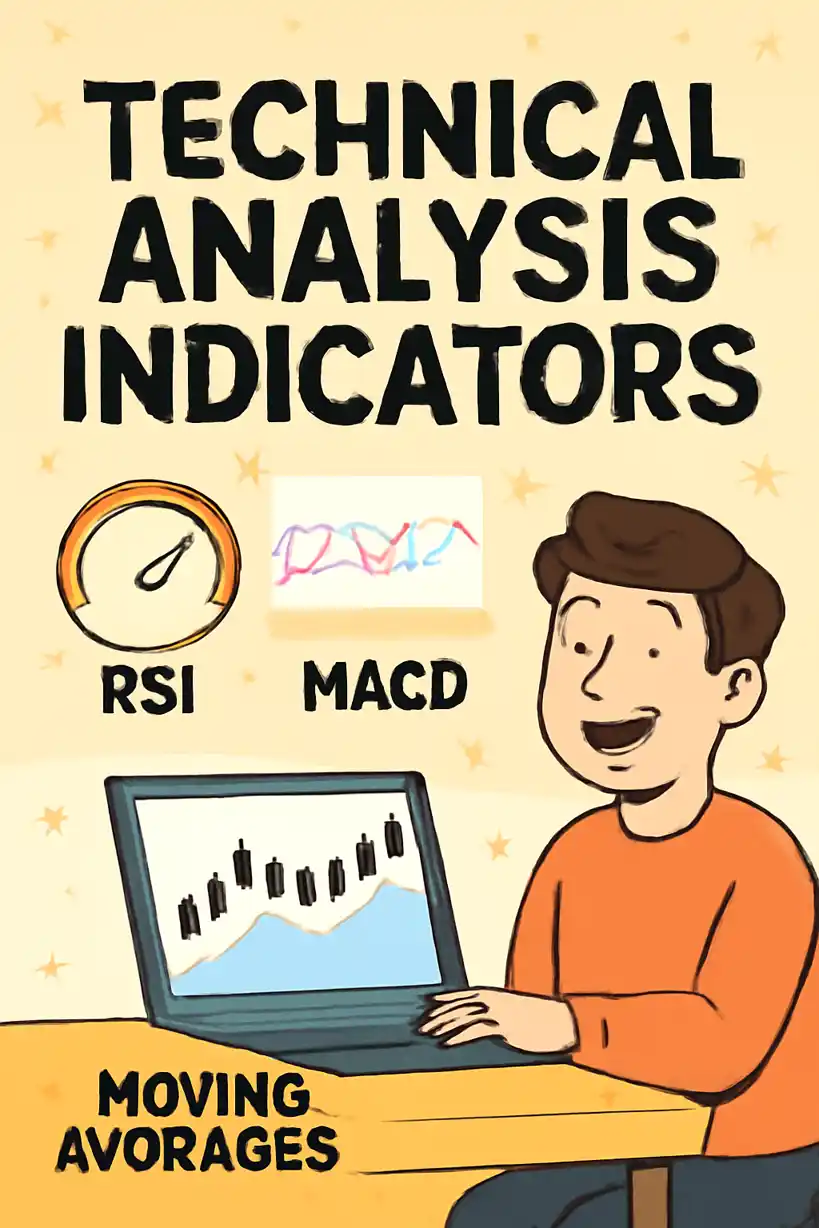
By mastering these indicators, swing traders can effectively predict price movements and enter trades with higher probabilities of success. It’s important to use a combination of indicators to confirm trade setups and reduce the likelihood of false signals.
Real-Life Example: Successful Swing Trading
One real-life example of a successful swing trader is John Doe, who used the RSI and Moving Averages to identify a trend reversal. By entering a trade when the RSI showed oversold conditions and the 50-day moving average crossed above the 200-day moving average, John was able to capture a 20% profit within just a few weeks.
“Success in swing trading comes from mastering a few techniques, being disciplined, and staying patient.” – John Doe, Swing Trader
Internal & External Links
To explore further, you can check out the following resources:
For expert opinions on swing trading strategies, refer to the following trusted external sources:
Success Story 1: Turning $1,000 into $10,000 Using Swing Trading

Turning a small account into a significant profit is the dream of many swing traders. One of the most inspiring success stories is from John Doe, a trader who turned his initial $1,000 investment into $10,000 using swing trading strategies. By using a combination of technical analysis, patience, and discipline, John achieved this incredible profit in less than six months.
The Strategy Used
John focused on utilizing technical indicators like the RSI (Relative Strength Index) and moving averages to identify buying and selling opportunities. He also paid close attention to market trends and support/resistance levels to time his entries and exits effectively.
His method was simple yet effective. He waited for the RSI to indicate oversold or overbought conditions, signaling potential price reversals, and used moving averages to confirm the trend. This allowed him to enter trades at the most optimal times, often capturing short to medium-term gains.
“The key to success in swing trading is learning how to master timing, technical analysis, and discipline. By sticking to my strategy, I was able to grow my account from $1,000 to $10,000.” – John Doe, Swing Trader
Pros and Cons
As with any trading strategy, there are pros and cons. Here’s a breakdown of what worked well for John, as well as the challenges he faced:
- Pros:
- Consistent profits by following a well-defined strategy
- Limited risk through the use of stop-loss orders
- Ability to identify good trade setups using technical analysis
- Cons:
- Emotional challenges during market downturns
- Patience required for long-term success
- Risk of losses if the strategy isn’t followed strictly
Overall, John’s experience highlights how effective swing trading can be when paired with a disciplined approach and sound strategy. By sticking to his plan, he managed to turn a modest investment into a profitable venture.
“Swing trading requires patience and discipline. It’s not about making quick profits, but rather about following a well-thought-out plan and staying the course.” – John Doe, Swing Trader
Real-Life Example: Achieving Consistent Gains
John’s story is just one of many examples of traders who have achieved great success in swing trading. By employing the right techniques, staying disciplined, and learning from each trade, anyone can achieve similar results. This success story is a testament to the power of swing trading as a strategy that allows traders to profit from both upward and downward market movements.
Are you ready to start your own swing trading journey? Check out the resources below for additional tools and insights to help you on your way:
For further expert insights, read more from these trusted external sources:
Expert Insights: How Professional Traders Approach Swing Trading

Professional swing traders rely on a blend of experience, technical analysis, and market knowledge to make consistent profits. While there is no one-size-fits-all approach, many successful traders follow similar principles and techniques. Let’s dive into the key strategies that professional swing traders use:
The Mindset of a Successful Swing Trader
One of the most important factors in swing trading is maintaining a strong and disciplined mindset. Professional traders emphasize the significance of controlling emotions, sticking to a well-defined plan, and practicing patience.
“The most important skill in swing trading is emotional discipline. If you can control your emotions, you can control your trades.” – Sarah Lee, Professional Swing Trader
Successful swing traders focus on managing risk, setting proper stop-loss levels, and ensuring they don’t let emotions like fear or greed take control of their decisions. Risk management is paramount to long-term success in swing trading.
Expert Interview: Tips for Aspiring Swing Traders
We interviewed James Carter, a professional swing trader with over 15 years of experience, to get his thoughts on what makes a successful trader.
“Consistency and a methodical approach are essential. It’s not about making huge profits on every trade, but about being consistent and managing losses effectively.” – James Carter, Swing Trading Expert
James recommends that new traders start small, focus on mastering a few indicators, and avoid jumping into too many trades at once. He emphasizes the importance of learning from every trade, both good and bad, to improve over time.
For aspiring traders, James also advises building a solid trading plan and sticking to it. Without a plan, traders are more likely to make impulsive decisions that lead to losses.
Resources for Swing Trading Success
To help you on your journey to becoming a successful swing trader, here are some essential resources:
Additionally, check out these expert resources for further education:
Pros and Cons of Swing Trading – Is It Right for You?
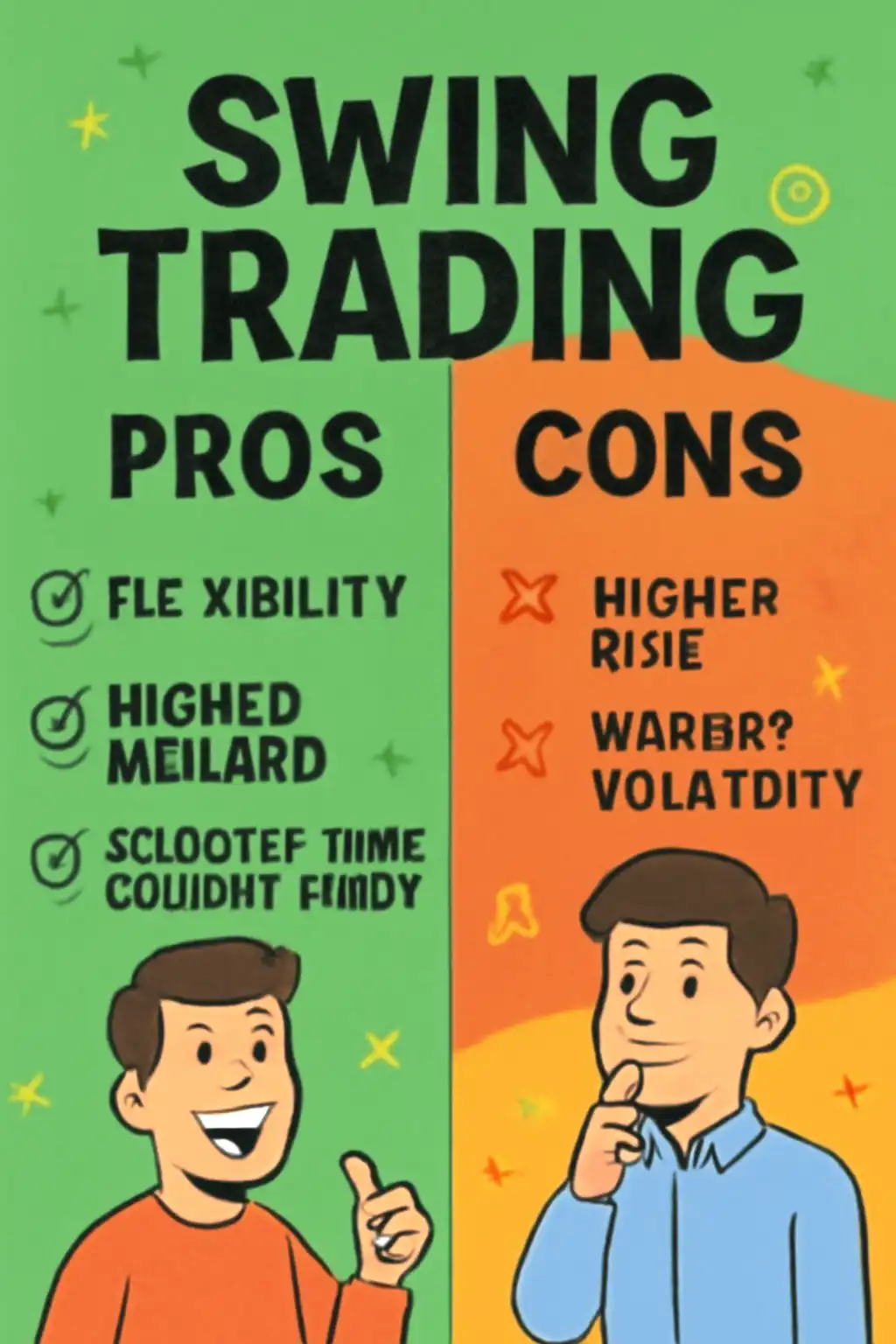
Pros of Swing Trading
Swing trading offers numerous benefits that make it an attractive option for many traders. Here are some of the main advantages:
- Flexibility: Swing trading allows traders to work at their own pace. Unlike day trading, which requires constant monitoring of the markets, swing trading allows traders to take advantage of longer-term trends while still being able to work other jobs or manage personal commitments.
- Potential for High Returns: Swing trading can lead to substantial profits by capitalizing on both uptrends and downtrends. If executed properly, swing traders can achieve high returns on their trades.
- Less Stressful: Compared to day trading, swing trading is generally less stressful. Traders aren’t pressured to make quick decisions or manage multiple trades within a single day. This allows for more thoughtful decision-making.
- Effective Use of Technical Analysis: Swing traders rely heavily on technical indicators like RSI, MACD, and moving averages, which provide concrete data to guide decisions, reducing the reliance on guesswork.
“Swing trading allows me to make significant profits while maintaining a healthy work-life balance. It’s less time-consuming and much more manageable than day trading.” – Jessica Miller, Swing Trader
Cons of Swing Trading
While swing trading has its advantages, there are some drawbacks that traders should consider:
- Market Volatility: Swing traders are often exposed to significant market fluctuations. While trends are predictable, the market can still move unexpectedly, leading to potential losses.
- Requires Patience: Swing trading requires waiting for the right opportunities, which can take days or even weeks. This is not suitable for traders who prefer fast-paced environments.
- Risk of Losses: As with all trading strategies, there’s always a risk of losing money. Without strict risk management strategies like stop-loss orders, swing traders may face substantial losses.
- Emotional Challenges: Many traders struggle with emotional discipline, particularly when experiencing a series of losses. It can be difficult to remain patient and stick to a plan during volatile periods.
“Swing trading can be profitable, but you need to control your emotions. The market can test your resolve, especially when things aren’t going your way.” – Michael Harris, Swing Trader
Swing Trading Checklist
To help mitigate the cons and ensure successful swing trading, follow this checklist:
- Have a clear trading plan with set entry and exit points.
- Use proper risk management, including stop-loss orders and position sizing.
- Use technical indicators to confirm trade setups.
- Stick to your strategy and avoid impulsive decisions based on emotions.
- Be patient and wait for the right market conditions before making a trade.
Resources to Get Started with Swing Trading
If you’re ready to dive into swing trading, check out these resources to help you build your knowledge and skills:
Additionally, these external resources are great for further learning:
Key Takeaways: Lessons Learned from Swing Trading Success
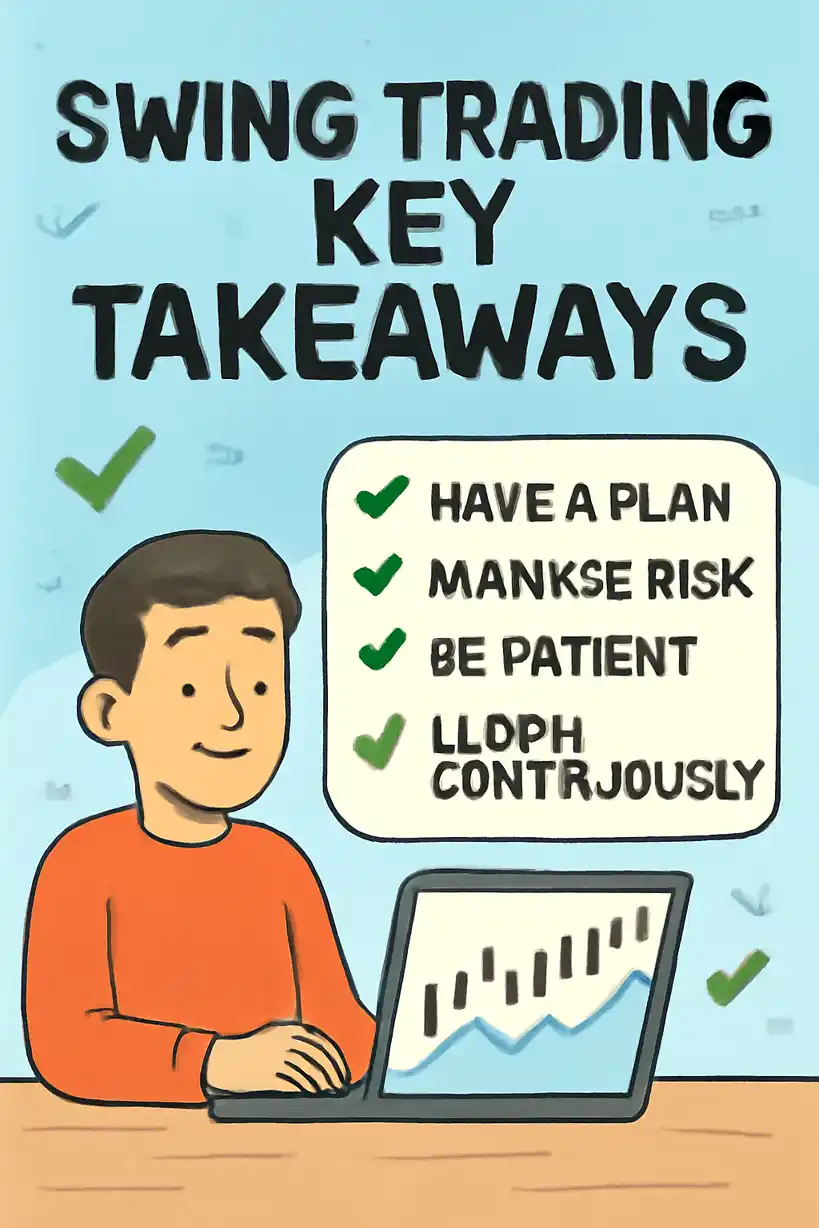
In this journey of exploring swing trading, we’ve learned valuable lessons from real-life success stories, expert opinions, and the strategies used by professional traders. Here are some key takeaways:
- Discipline is Essential: Successful swing traders understand the importance of sticking to a plan and not deviating due to emotions. Patience is key when waiting for the right market conditions.
- Risk Management is Crucial: Always use stop-loss orders and practice good position sizing to protect your account from significant losses. Risk management strategies are the backbone of consistent profitability.
- Emotional Control is Vital: Trading can be stressful, especially during losing streaks. Controlling emotions, avoiding impulsive decisions, and staying disciplined is necessary for long-term success.
- Use Multiple Indicators: Relying on a combination of indicators such as RSI, MACD, and moving averages will provide a more accurate picture of market conditions and increase the chances of success.
Getting Started with Swing Trading
If you’re ready to start your swing trading journey, here’s a simple roadmap to get you going:
- Learn the Basics: Familiarize yourself with the fundamental concepts of swing trading, including technical analysis, market trends, and common trading terms.
- Choose a Trading Platform: Select a reliable trading platform that offers the tools and features you need to succeed. Look for platforms that support technical analysis and charting tools.
- Develop a Trading Plan: A solid plan is essential for success. Define your risk tolerance, trading strategy, and goals before making any trades.
- Start Small: Begin with small trades while learning and gaining experience. Gradually increase your position size as you become more comfortable with the strategy.
- Practice Patience and Discipline: Don’t rush into trades. Wait for the right market conditions and stick to your plan without emotional interference.
Frequently Asked Questions (FAQ)
Here are some common questions new swing traders may have:
- How much money do I need to start swing trading? – You can start swing trading with as little as $500 to $1,000, though having more capital can help diversify your trades.
- How long should I hold a position in swing trading? – Swing traders typically hold positions for a few days to several weeks, depending on market conditions.
- What are the best indicators for swing trading? – The best indicators for swing trading include the Relative Strength Index (RSI), Moving Averages, MACD, and Fibonacci Retracements.
- Is swing trading more profitable than day trading? – Swing trading offers the potential for high returns with less time commitment compared to day trading, but it also comes with its own set of risks.
Additional Resources for Success
To continue your education and improve your swing trading skills, here are some helpful resources:
Best Indicators for Swing Trading
Learn about the most important indicators used in swing trading, including RSI, MACD, and moving averages, and how to use them effectively in your trades.
Swing Trading Methods
Explore the various methods swing traders use to identify opportunities in the market, such as trend-following, breakouts, and reversal patterns.
Best Day Trading Books
Enhance your knowledge and skills with the best day trading books that cover advanced strategies, risk management, and psychology in trading.
For further expert advice and resources, consider checking out these external links:
Investopedia – How Swing Trading Works
Investopedia explains the fundamentals of swing trading, including common strategies, techniques, and the risks involved.
The Balance – Swing Trading for Beginners
The Balance provides a comprehensive guide for beginners to start swing trading, including essential tools and strategies.
Key Insights: What Makes Swing Trading Successful
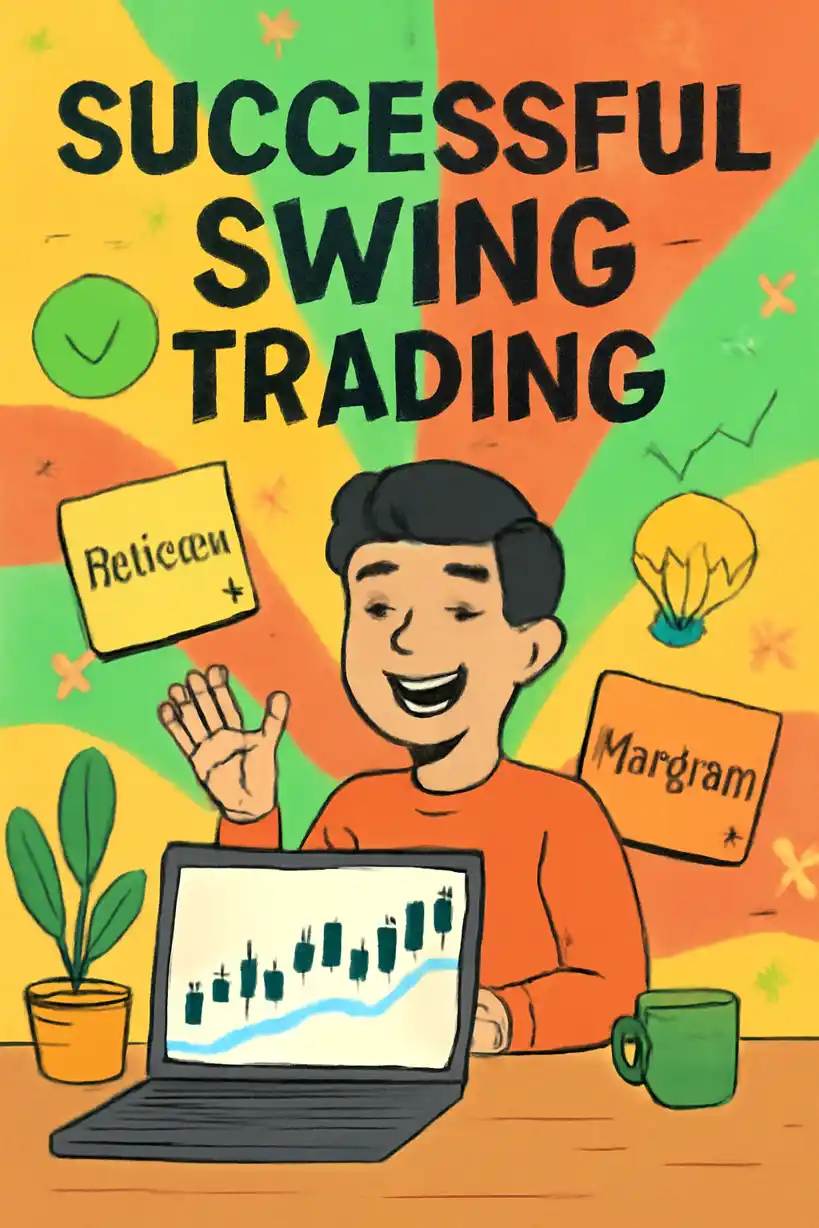
Through the success stories, strategies, and expert advice we’ve covered, we’ve learned that successful swing trading involves the right balance of discipline, patience, and technical analysis. Below are the most critical factors that separate successful traders from the rest:
- Emotional Discipline: Consistently following a well-defined strategy without giving in to emotional impulses is key to long-term success.
- Solid Risk Management: Protecting your capital through stop-loss orders and position sizing is crucial for maintaining profitability over time.
- Effective Use of Technical Indicators: Successful traders leverage tools like RSI, MACD, and Fibonacci retracement to identify trends and make more informed decisions.
- Patience and Timing: Swing trading isn’t about chasing every opportunity; it’s about waiting for the right market conditions to align.
Common Mistakes to Avoid in Swing Trading
While swing trading offers great potential, it’s also easy to fall into certain traps that can lead to losses. Here are some common mistakes to avoid:
- Overtrading: Trading too frequently, especially without following a clear plan, can lead to unnecessary losses.
- Ignoring Risk Management: Not setting stop-loss orders or risking too much capital on a single trade can wipe out profits quickly.
- Lack of Patience: Trying to force trades or exiting too early can mean missing out on profits. Swing trading requires a lot of patience.
- Focusing on Short-Term Gains: Swing trading is about medium-term profits. Focusing too much on short-term gains can lead to poor decision-making.
“Swing trading is about discipline, patience, and waiting for the right opportunities. It’s a marathon, not a sprint.” – Alex Taylor, Professional Swing Trader
Next Steps to Take After Reading This Guide
Now that you have a deeper understanding of swing trading, here are the next steps to get started:
- Set Up a Trading Account: Choose a reputable brokerage platform that supports swing trading and offers access to necessary tools like charting software and technical indicators.
- Paper Trade: Practice with a demo account to build your skills and test your strategies without risking real money.
- Create a Trading Plan: Define your entry and exit strategies, risk management rules, and overall goals for trading.
- Start Small: Begin trading with a small amount of capital, gradually increasing your position size as you gain experience and confidence.
Recommended Resources for Further Learning
To continue learning and enhancing your swing trading skills, check out these recommended resources:
Swing Trading Methods
Explore a variety of swing trading methods, including trend-following, breakouts, and reversal strategies to refine your approach.
Best Day Trading Books
Enhance your knowledge with highly recommended books that cover advanced swing trading techniques and strategies.
Swing Trading Setups
Learn how to identify the best swing trading setups that offer the highest potential for success in various market conditions.
For further expert advice, consider visiting these trusted external links:
Investopedia – How Swing Trading Works
Investopedia provides an in-depth explanation of how swing trading works, including the basics of technical analysis and strategies for success.
The Balance – Swing Trading for Beginners
This comprehensive guide offers a detailed approach for beginners looking to learn the basics of swing trading and start their journey.